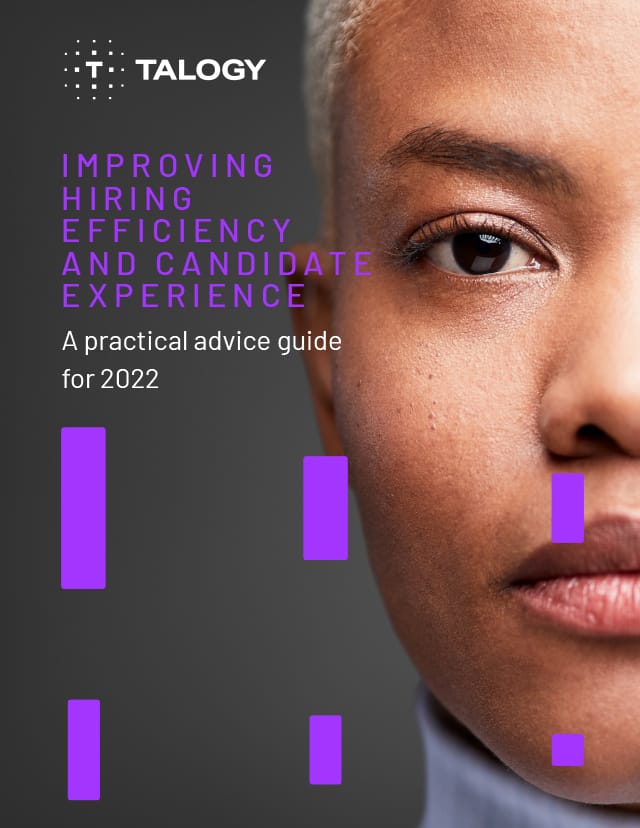Written by Bryan Warren, President of J3 Personica
The concept of adverse impact in recruitment in the United States is rooted in language of Title VII of the 1964 Civil Rights Act, has been clarified by important U.S. Supreme Court decisions and is specifically addressed in the Uniform Guidelines on Employee Selection Procedures. Three agencies are involved in enforcing these employment laws, the Department of Justice (DOJ), the Office of Federal Contract Compliance Programs (OFCCP), and the Equal Employment Opportunity Commission (EEOC).
Federal and State employment laws clearly prohibit intentional discrimination against people in a protected class – this would be disparate treatment. Disparate impact, however, is where we start talking about the concept of “adverse impact”. This occurs when apparently neutral employment practices negatively impact a selected group. A given practice may discriminate against a group even if the employer had no intention of doing so. It’s important to note that disparate treatment is intentional discrimination whereas adverse (or disparate) impact may or not be.
Claims of discrimination based on disparate impact often arise from layoffs, pre-employment skills testing, or other employment-related actions that impact a wide sample of individuals. Once an employee or applicant proves that a particular practice (for instance, a pre-employment test) causes a disparate impact on their protected class, the burden is on the employer to prove that the practice is “job-related for the position in question and consistent with business necessity”.
Proving discrimination on the basis of disparate impact is challenging because there is no single specific threshold or test. Sometimes this can require considerable statistical analysis to establish that a group is being discriminated against. For instance, if the challenge is to a recruitment practice, the statistical analysis relies on information about the number of applicants that have gone through the selection process, the number of applicants that have passed or been selected through the process, and the demographic characteristics (e.g. race, gender, age) of these applicants.
There are several statistical procedures that can be used to determine where or not there is a “substantially different rate of selection”. You’ll often hear about analysis using the 4/5th rule or the Two Standard Deviation Rule.
Is Adverse Impact Illegal?
This seems a crazy question, but remember that adverse treatment is intentional and clearly illegal, whereas adverse impact may not be intentional and the employer has the right to demonstrate that while the selection process may cause unintentional adverse impact against a particular group, the practice is “job-related for the position”. In other words, to continue the practice, the employer must demonstrate a strong relationship between the challenged practice and the job responsibilities.
Under this construct, you could have a selection procedure that causes unintentional adverse impact, but it’s not illegal, but employers should take every measure to ensure the recruitment process is fair and consistent, and most employment lawyers will encourage you to avoid adverse impact.
Pre-Employment Testing
Any type of selection instrument or process (the application, the interview, standardised tests, personality inventories) can give rise to adverse impact. Accordingly, it’s always a good idea to establish the job relevance of the recruitment criteria. The information you gather on the application should be job-relevant, the information you gather during the interview should be job-relevant, and everything you evaluate in your pre-employment testing must be job-relevant.
Historically, well-designed, properly implemented pre-employment behavioural competency or personality tests do not increase legal risk. Some lawyers who have not worked in this space will be wary of them. The idea of a “personality test” and lack of expertise with the Uniform Guidelines and the cases interpreting them, causes concern. They see it as one more possible thing that a disgruntled applicant or employee can challenge. They’ve read about successful challenges and fines when the test was NOT job relevant or was implemented improperly.
They fear that by implementing a test, even with no discriminatory intent, they could end up with results that create adverse impact. There is also a legitimate concern that a recruitment manager could use information from any part of the selection process in an unintentional, or even intentional, discriminatory manner. A pre-employment test doesn’t necessarily increase that risk but does point out the need for proper training of recruitment managers.
In reality, as part of a comprehensive, evidence-based recruitment process, the right behavioural competency adds objectivity to the selection process. While a formal, local validation study is not a requirement in every situation, legal defensibility is greatly enhanced when you can document that a particular recruitment process is highly job-relevant and does not create adverse impact – this is done through a job analysis and validation study. Again though, a formal, local validation study is NOT a requirement in every situation.
If, however, you’ve mapped the competencies required for the position, and built a selection system based on these skills/competencies, and use data to understand and maximise the prediction of your selection system, you are well on your way to being able to respond to any challenges to your practices.
It’s also important to note that personality-based testing does NOT generally tend to give rise to adverse impact. Selection decisions based solely on cognitive tests, on the other hand, often lead to adverse impact against some groups. Differences in scores are much lower on measures of behavioural competencies such as conscientiousness and situational judgment.
Can You Increase Diversity AND Reduce Adverse Impact?
A common misconception is that you cannot work towards a diverse workforce and avoid adverse impact. You can increase workforce quality and diversity AND avoid adverse impact. This is where expertise in building an evidence-based, objective, and fair recruitment process becomes important. For instance, we have tests, particularly our widely-used manufacturing assessment (Select Assessment for Manufacturing), that has a wonderful track record for having high validity (selecting the best candidate) and low adverse impact. Measuring a full range of relevant competencies and using various tools can improve overall validity and minimise group differences.




